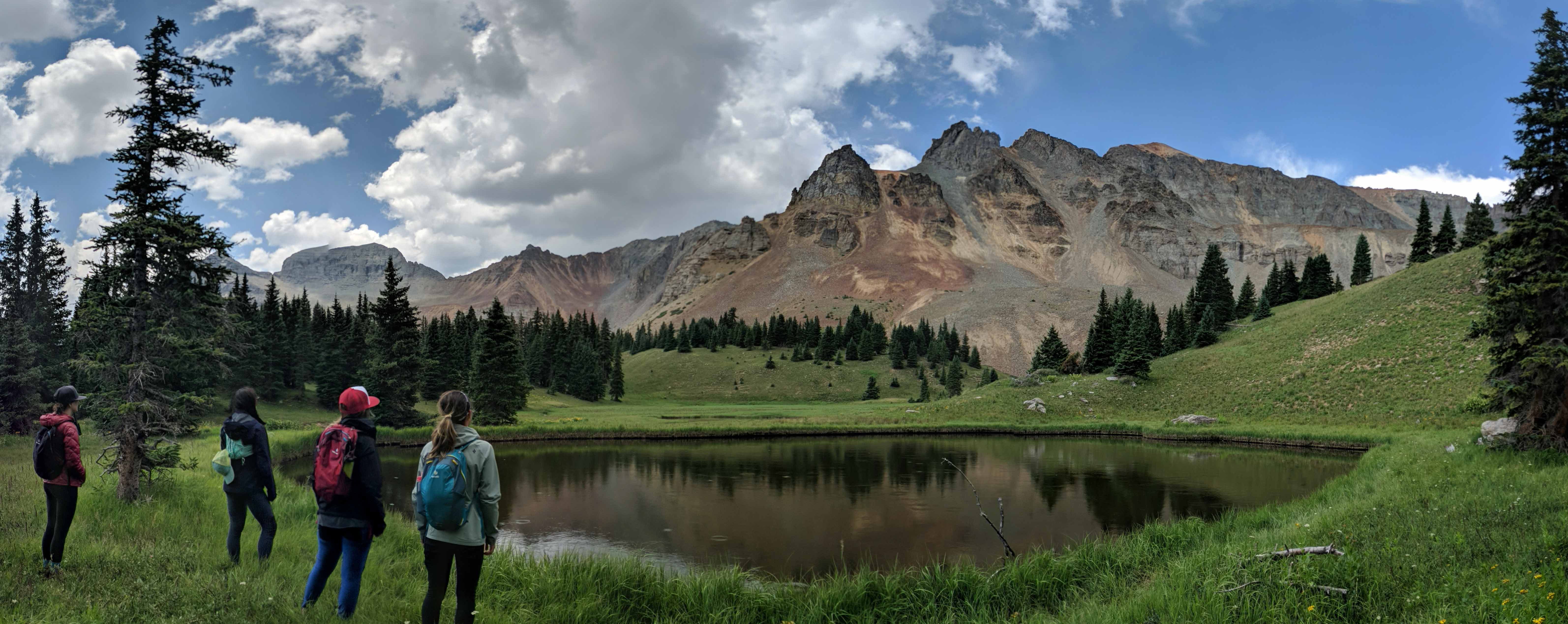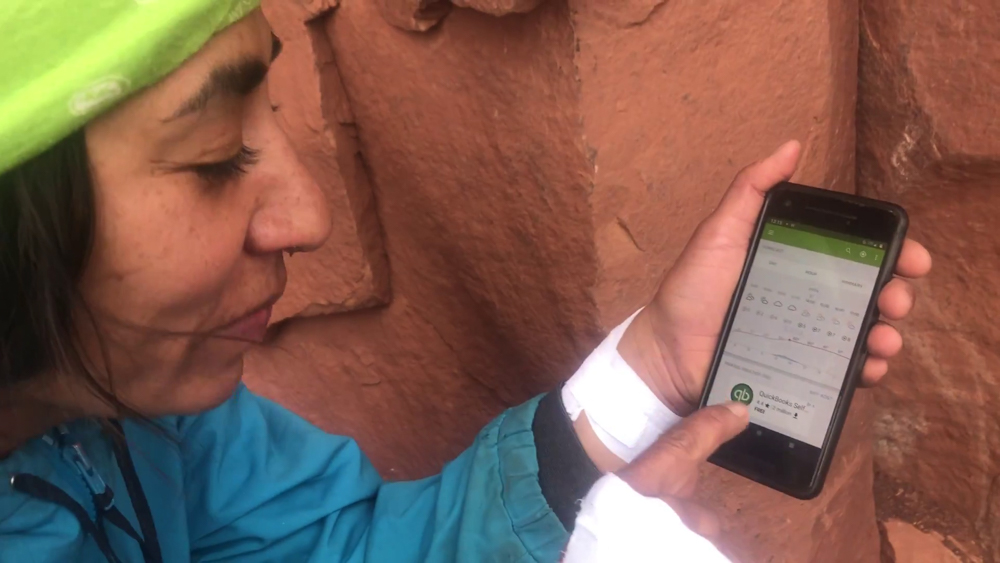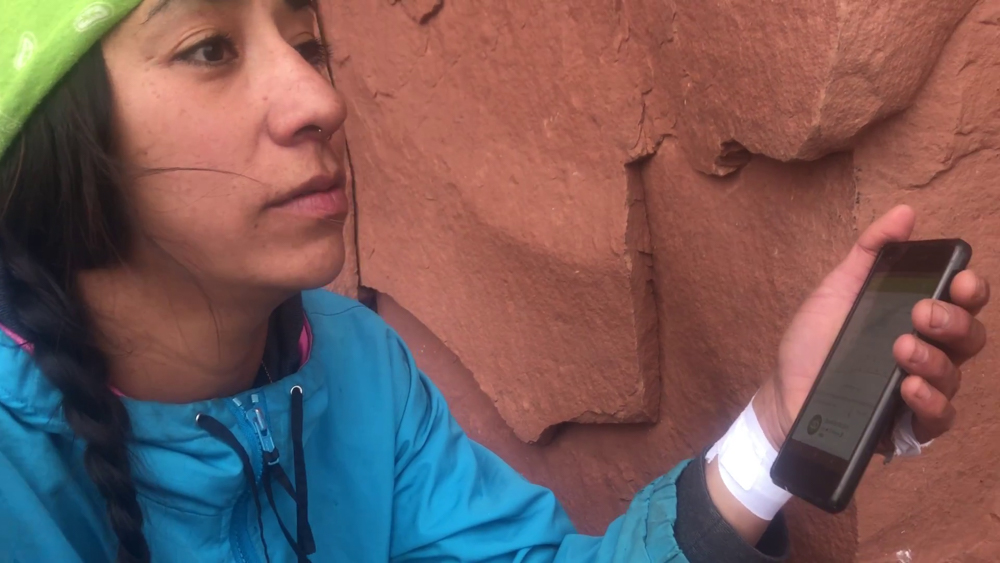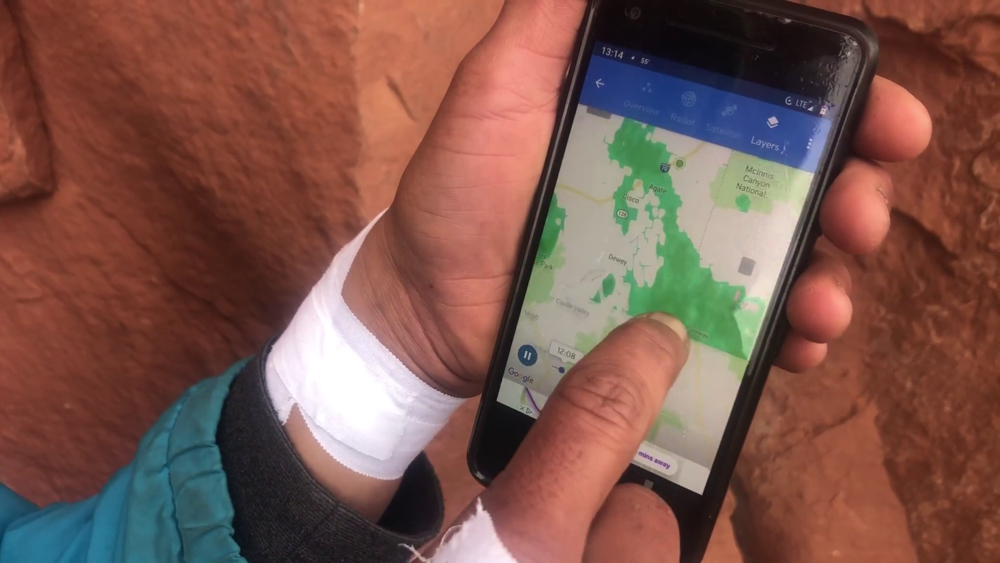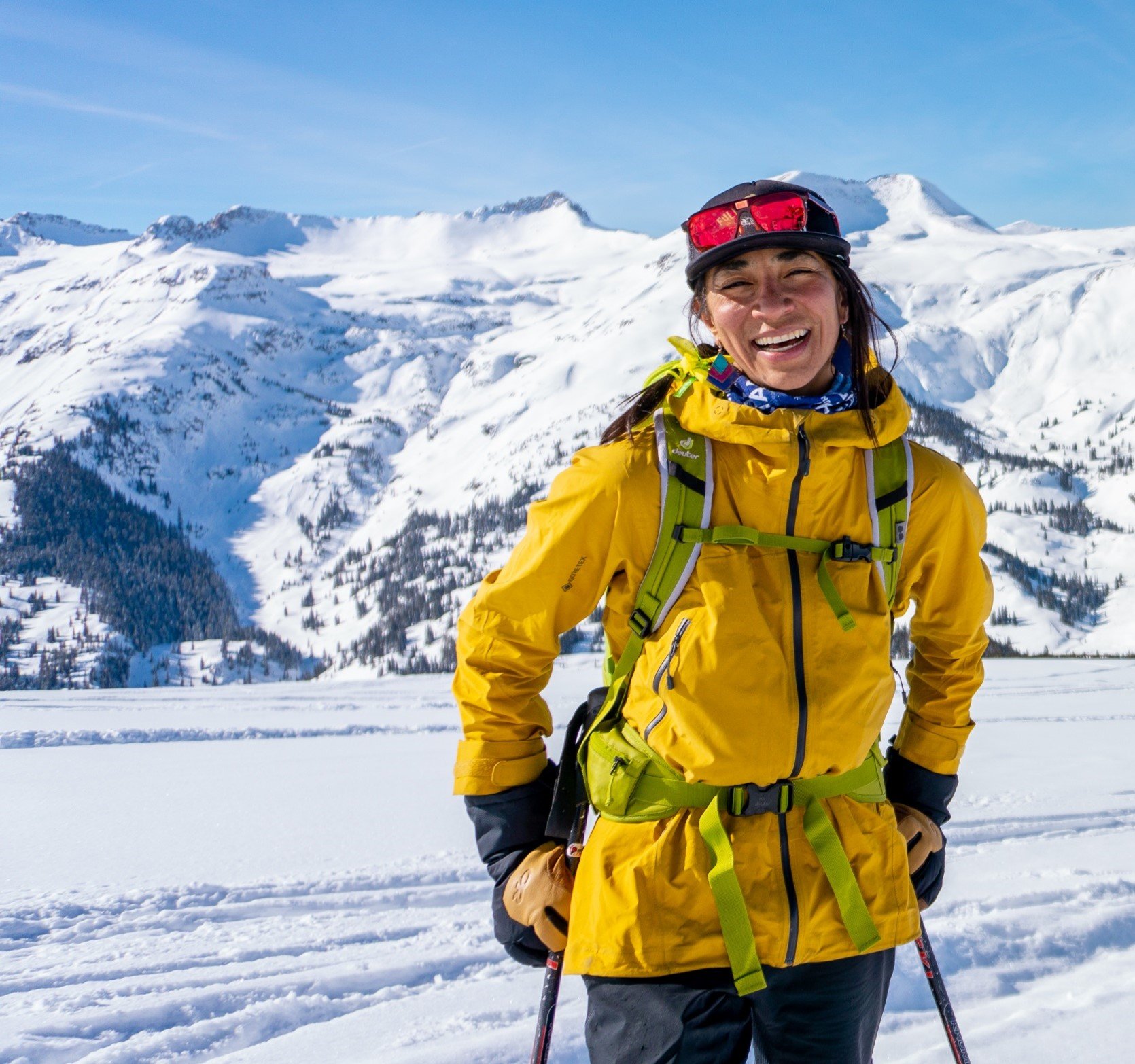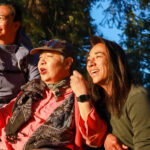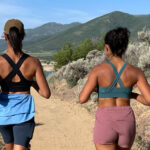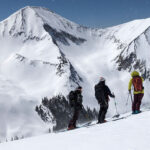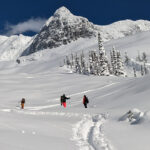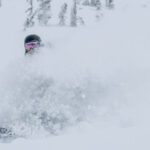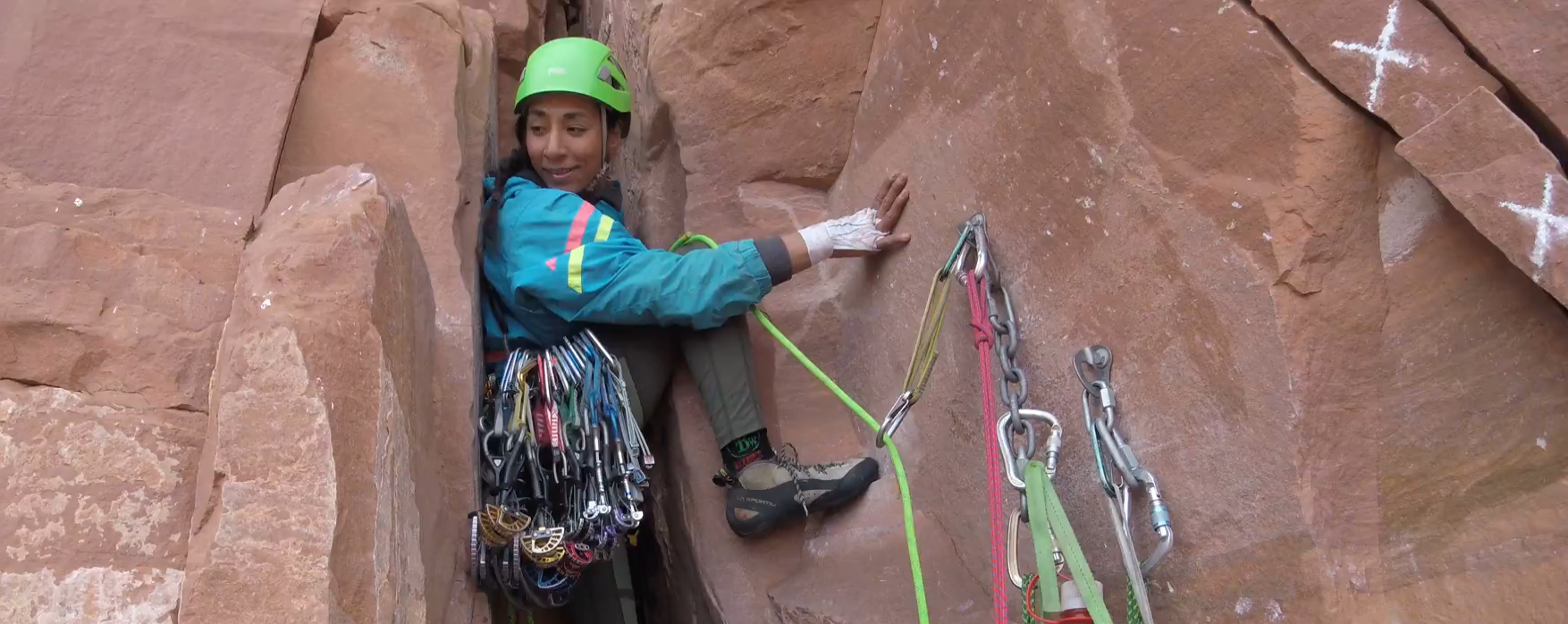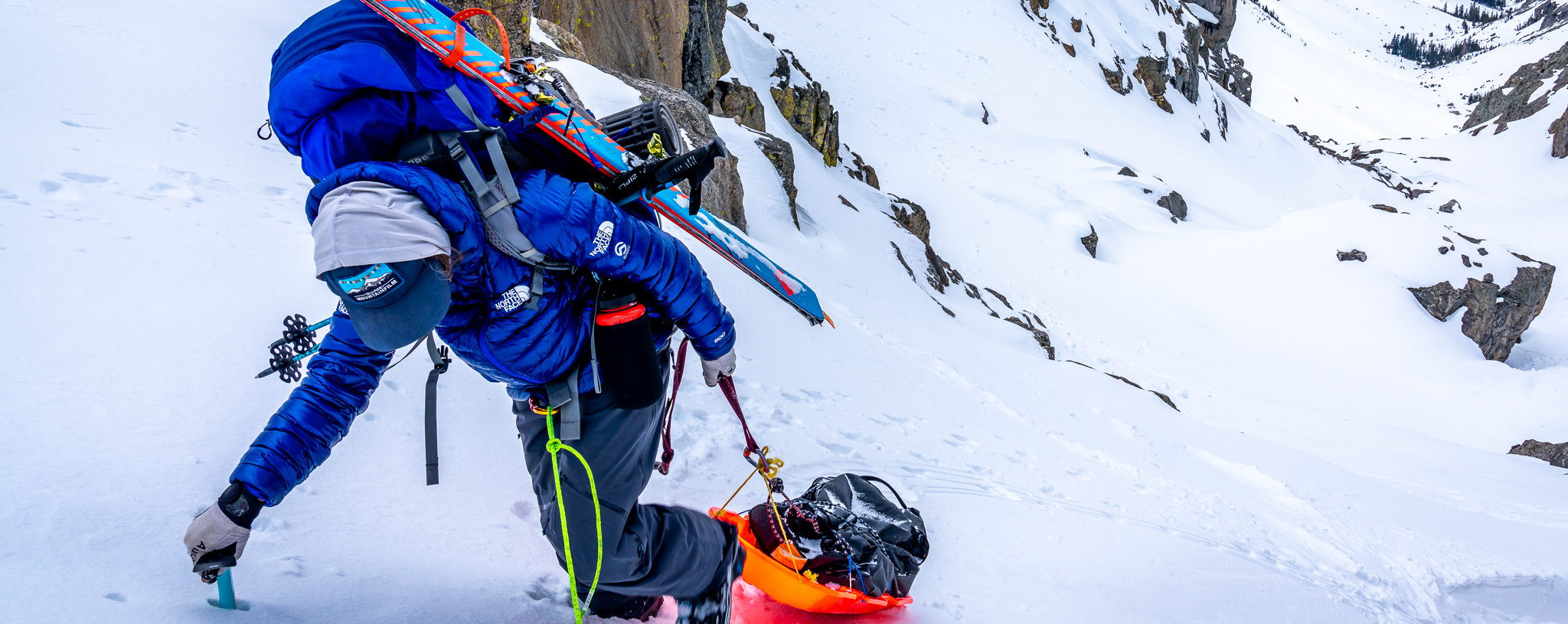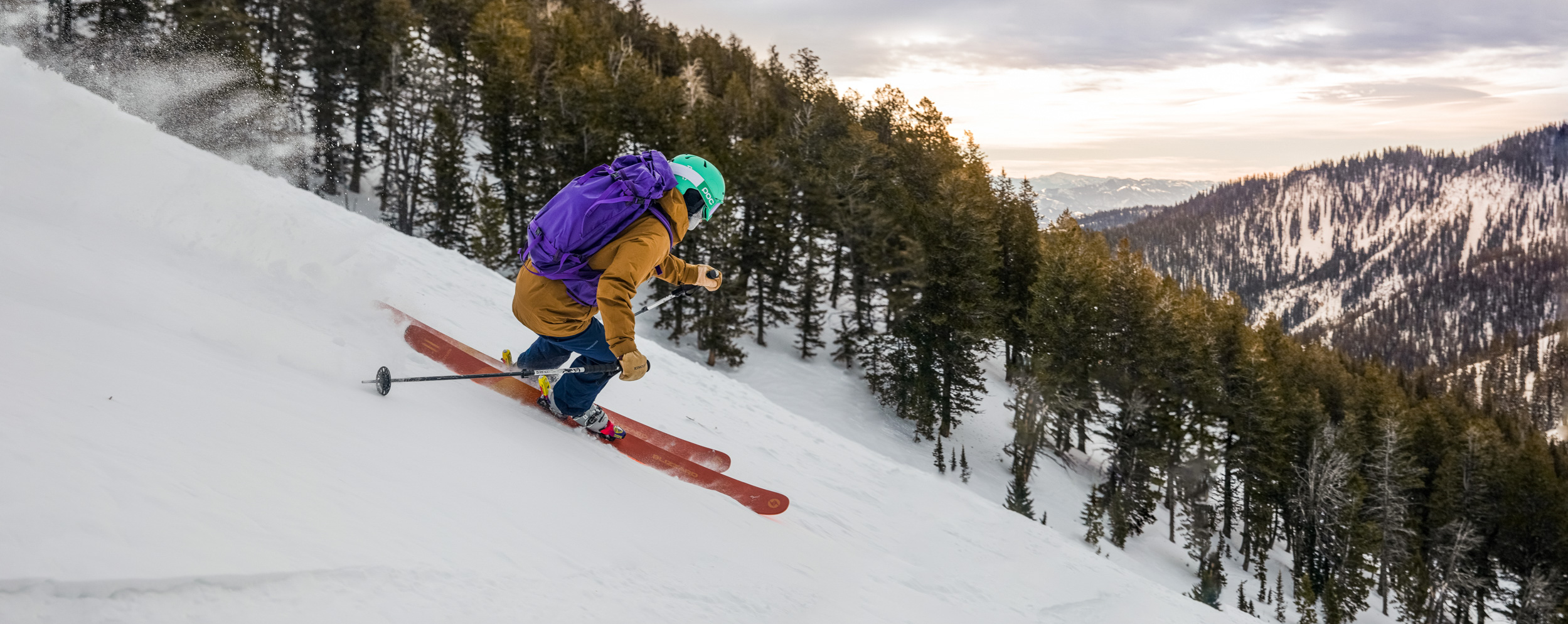How to Adventure in Your Own Backyard Backcountry
No matter how you enjoy The Great Outdoors—as a hiker, climber, skier, camper, mountain biker, or in any of the other million ways to get outside—we all feel the call of Mother Nature.
Yet the Coronavirus pandemic continues to teach us that “how” and “where” we adventure doesn’t always have to be a far-off dream of tall peaks and pristine lakes or remote and wide-open spaces. In an age where our fossil fuel footprint and travel impact matters more than ever, let’s leverage the underutilized launchpads our homes provide.
In spite of how Instagram glorifies far-flung places, our backyards often have just as many beautiful places to experience. Learning to love what’s right in front of our eyes can help us discover even more about ourselves.
What Is the “Backyard Backcountry”?
Door- and driveway- accessed adventures can help us get onto the trails, roads, and parks that give us access to adventure. We can leverage our “backyards,” ie. nature spaces within line of sight to find new ways to play by planning trips and adventures that we can access with short(ish) drives or walks.
Reminder: Some people’s access to the outdoors is much greater based on their privilege, whether that means geographic, financial, or otherwise. Note that people of color are three times more likely to live in nature-deprived spaces, according to National Geographic, due to systemic barriers. As a former full time vanlifer and adventure-town dweller, my living situation has given me access to a “backyard backcountry” in different ways than other Women of Color might be accustomed to. Just being able to get outside and adventure means you have access and transportation to the great outdoors—something we should all keep in mind.
Northwest-based Freehub Magazine poignantly calls backyard backcountry a way to “find foreign in the familiar,” giving us permission to see what surrounds us with fresh eyes, each time we head out to hike, run, bike, bird watch, fish, ski, climb, and camp.
But exactly how can we experience the backyard backcountry when Instagram doesn’t provide the first lead? My own personal journey—as a former full time vanlifer, athlete, and pandemic survivor—gave me insights to this process of uncovering backyard adventure in ways that every outdoor lover can appreciate.
Whether you’re still trying to enjoy the snowpack for a few more creamy turns or are looking forward to dry trails ahead, these tips should get you started on your backyard adventure journey.
Ready to dive in? Here are the three steps that I’ll take you through, each with its own checklist of tips for backyard adventure.
- Step 1: Get Oriented
- Step 2: Learn About Your Adventure Ecosystem
- Step 3: Enjoy the Adventure
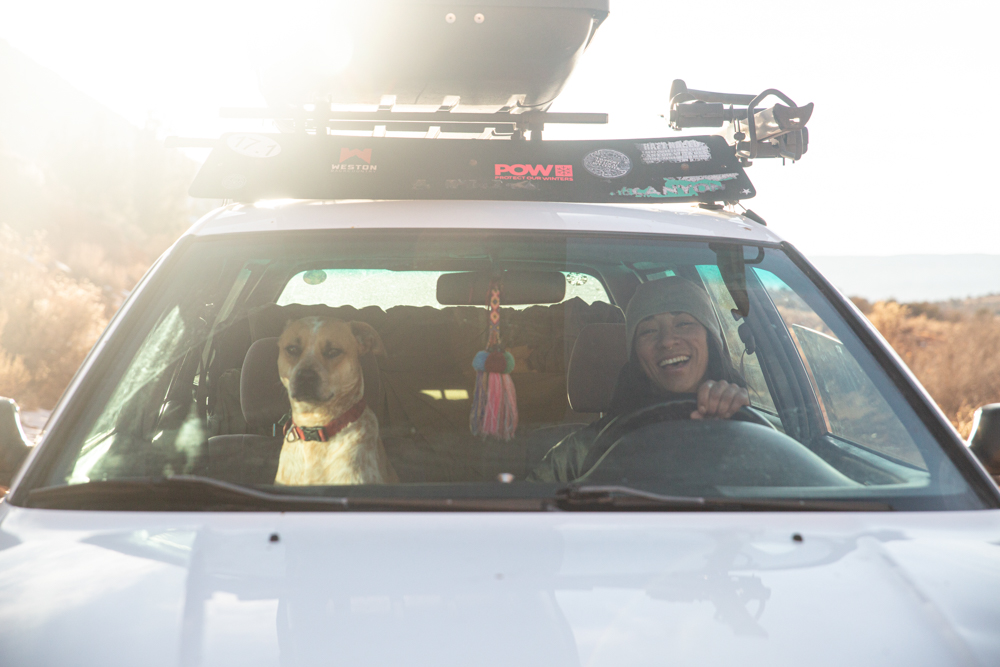
Buckle your seat belts and bring your best adventure friend: you’re in for a fun ride ahead! Photo of Dani Reyes-Acosta by Savannah McCauley
Step 1: Get Oriented
Find Your Places
- Leverage the power of search engines to find local outdoor information. Google phrases like “best hikes in [your region’s name]” and “easy/beautiful/long/etc. ski tours in [your region’s name].”
- Try the “Plan” feature on the AllTrails app, or fly over destinations in the beautiful and intuitive FATMAP app.
- Check out guide books and maps from your local library!
Find Your People
- Connect with regional groups found via Facebook. Find groups based on your interest (“Colorado Adventurers”) or identity AND location (i.e. “Latino Outdoors Washington,” “New England Brown Girls Climb,” or “Outdoor Women Utah.”) The best way to find these groups? Search in Facebook for a known organization, then filter by “Groups” and see what regional pages exist.
- Volunteer at local events that interest you, even if you’re not well-versed (yet) in a particular sport or outdoor activity’s culture. Examples could include stewardship gatherings (found via the Access Fund or American Alpine Club) and community learning opportunities. Volunteering is a great way to connect with other people whose interests align with your own.
- Get involved: nonprofit organizations supporting outdoor missions need volunteers, and provide a great way for you to give back. Check out this list from She Explores on outdoor nonprofit organizations to find an opportunity.
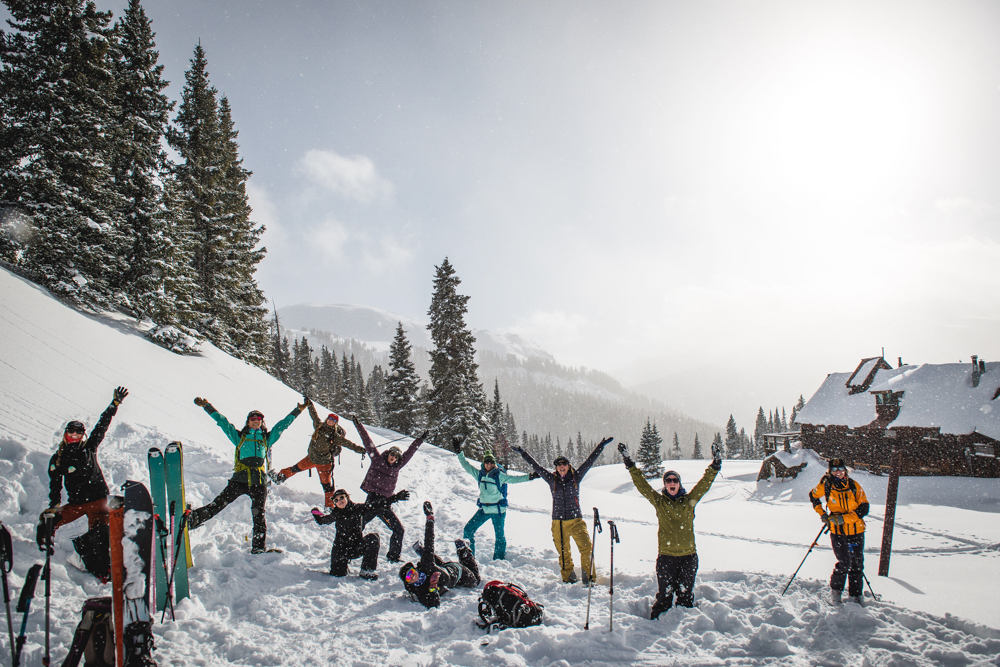
Participants and instructors pose near snowpits at the San Juan Expeditions inaugural AIARE Rec Level 1 x Equanimity Outdoors course. Photo by Siri Raitto for Weston Backcountry.
Find Your Gear
- Used Gear
- iSella
- Consign your gear for a purpose (scholarships for BIPOC outdoorists)
- REI Outlet (upcycle high-quality gear)
- Discount Gear
- SteepAndCheap.com
- OutdoorProlink.com (for outdoor industry professionals)
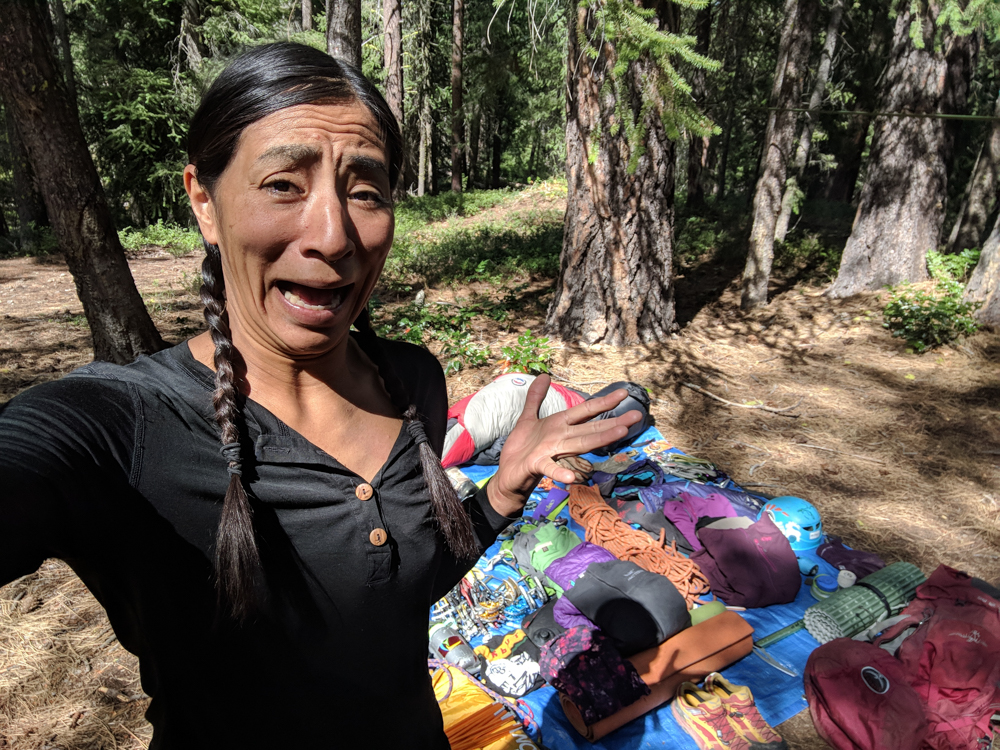
Preparing all the right gear for even a local adventure can sometimes be overwhelming. Thank goodness for tarps and used gear stores! Photo: @NotLostJustDiscovering
Step 2: Learn About Your Adventure Ecosystem
When we’re learning about and enjoying the outdoors, we’re part of a broader ecosystem. Plants, animals, and even non-human elements like the environment and landscape itself all play into how we experience nature. As a part of the bigger picture, the ecosystem, it’s critical we learn how to move through these spaces efficiently, effectively, and with as little impact as possible.
- Try the GaiaGPS and OnX Backcountry apps with satellite overlays to find peaks, lakes, and other destinations that look appealing to you.
- Learn about whose Native land you’re adventuring on with the Native Land app.
- Prepare for emergencies with an Outdoor/Wilderness First Aid course
- Check the weather the same day (or immediately before) your adventure begins, in addition to your scheduled time outside.
- Take a “Navigation 101” course online (try searching Facebook), via a local REI, or with local guiding outfits (if you live near the mountains).
Balance weather observations with forecasts: Sometimes the ten percent chance of precipitation happens right as you’re preparing to rope up. Then, you quickly realize the ten raindrops that fell out of the sky are an anomaly and the sun will come out soon. Photo by Kaya Lindsay.
Step 3: Enjoy the Adventure
You’re almost ready to head outside, but hold up: there are a few important things to keep in mind! Especially when you’re crafting trips based upon just knowledge you’ve built or gathered, keep these important tips in mind.
- Download all maps before you leave your house. You cannot rely on cell phone reception to be able to load driving directions, trail information, or other key details you’ll need. Your app cannot help you if you do not download maps and data before leaving your home.
- Carry the 10 Essentials (navigation, headlamp, sun protection, first aid, knife, fire, emergency shelter, and extra food).
- Leave It Better: Just like Leave No Trace, this idea means that you minimize your impact, and then some. If we adopt the attitude that we’re just a part of the bigger picture, i.e. the “adventure ecosystem,” we can do things that minimize the impact others leave behind. Access to information is a privilege. Now, you’re empowered to pick up trash, keep pets from digging holes, and generally think beyond just your own actions.
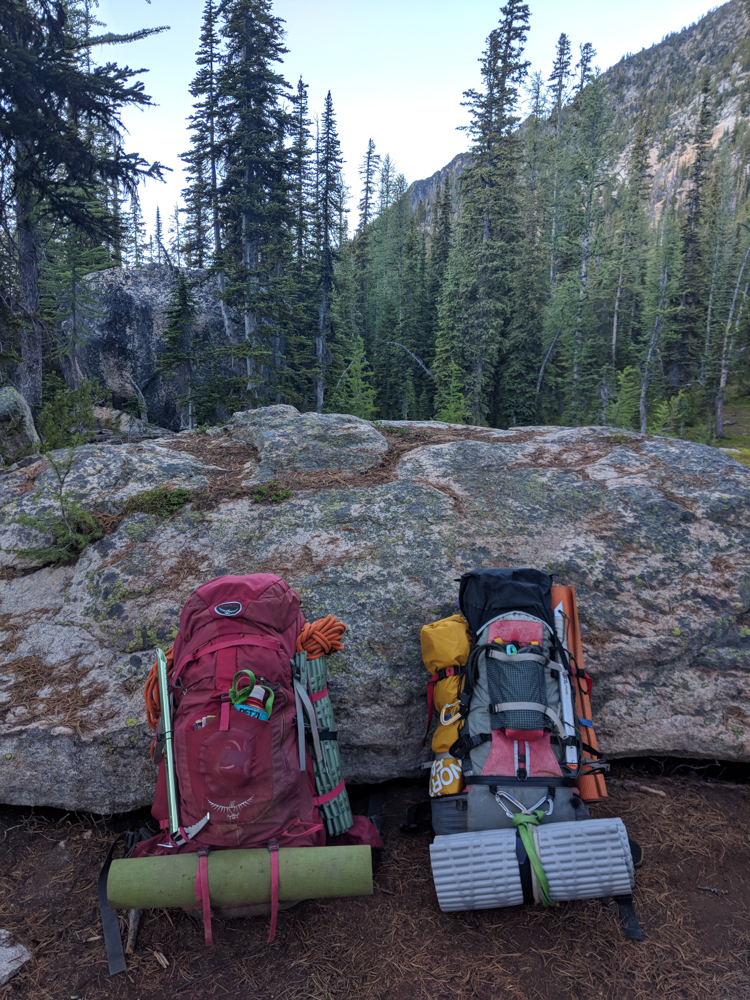
Packed backpacks even include trash that Dani and Johnny picked up after an alpine climbing trip near their temporary home in Washington.
Now go find your best backyard backcountry adventure.
I believe that finding your own local adventure is within your reach when given the opportunity and the tools. If you follow the steps shared here, you’ll uncover experiences hiding right in front of your eyes, lean into stewardship, and learn to love the land you’re on.
I won’t lie and tell you that creating your own adventure is easy—because it’s not.
It’s easier to do exactly what an app tells you, use someone else’s drop-pins, and click into the comfort of following someone else’s lead.
But there is great joy and satisfaction to be found in the process of exploring your own backyard and finding your own adventure. While each of these steps is valuable on its own, I hope you’ll take the time to bring them all together, and dig into the adventures right in front of you.
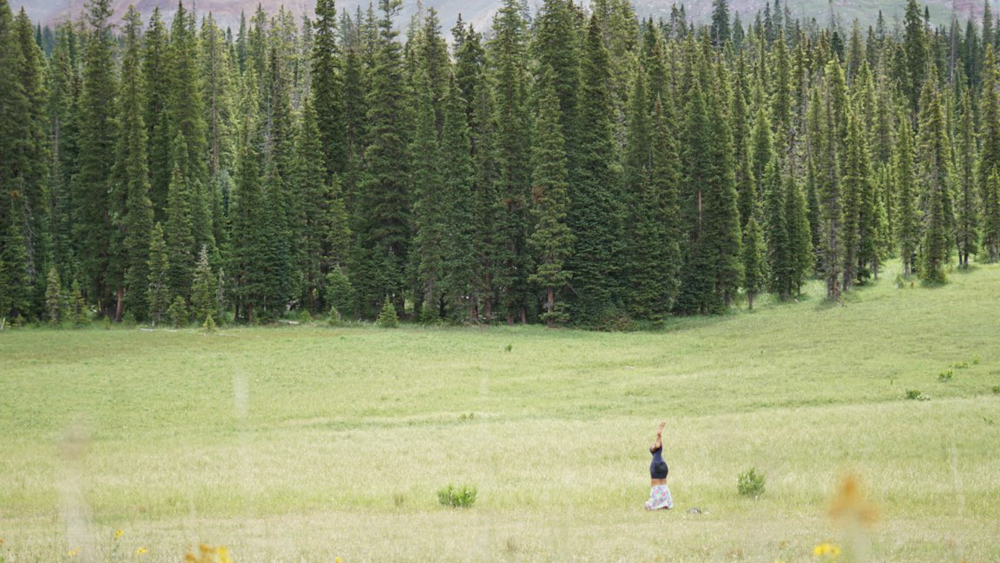
Finding your backyard backcountry can be as easy as enjoying a day in the grass, sometimes. Dani does a headstand in the San Juan mountains. Photo by Kylie Fly for Project 16x.
About the Gear Tester
Athlete and storyteller Dani Reyes-Acosta aims to inspire individual action and collective communion through self-care and self-determination found in the outdoors. After leaving cushy corporate life to find her way back to her roots, she ticked rock climbs and ski lines across Argentina, Chile, Canada, and the USA on a circuitous path to self-actualization. Find her online as @NotLostJustDiscovering or via DaniReyesAcosta.com

